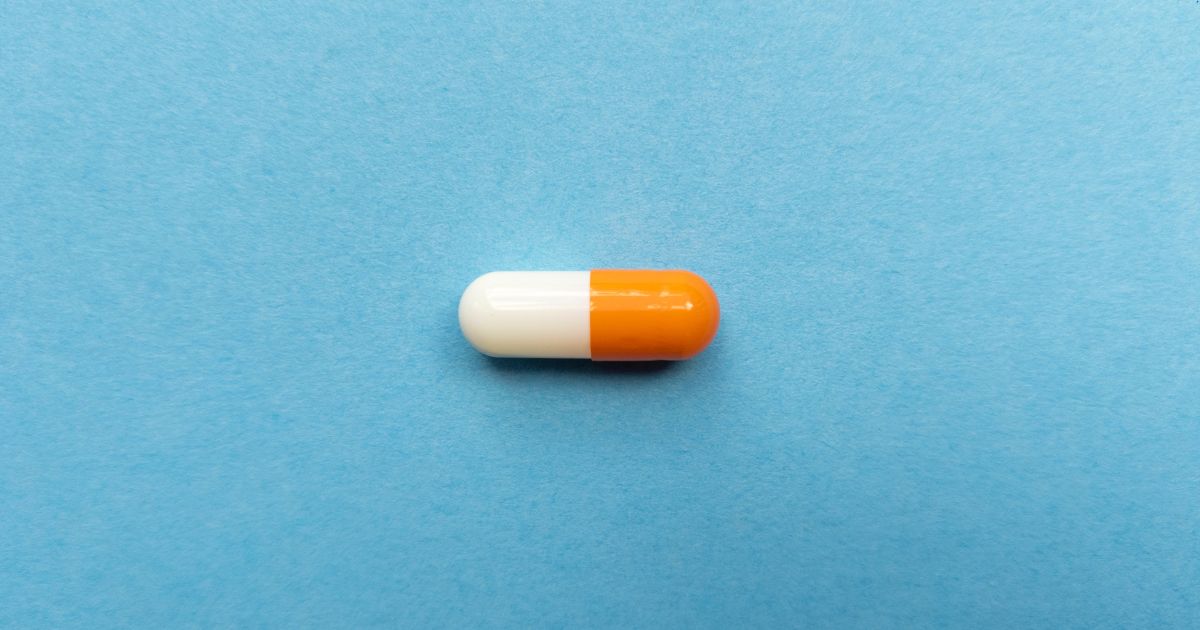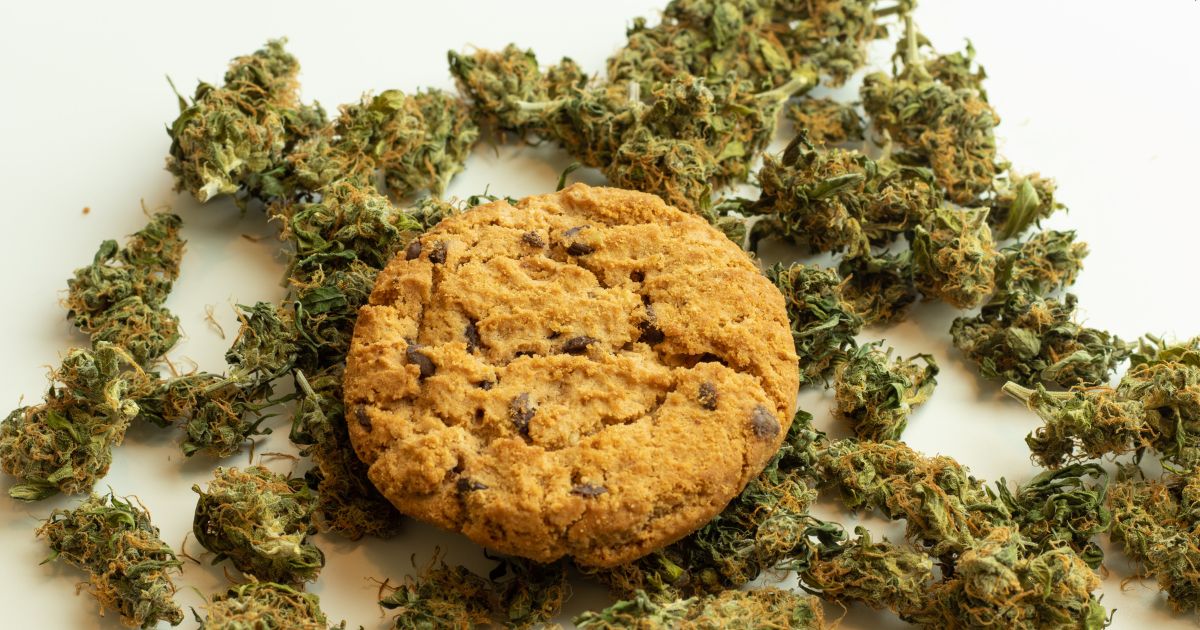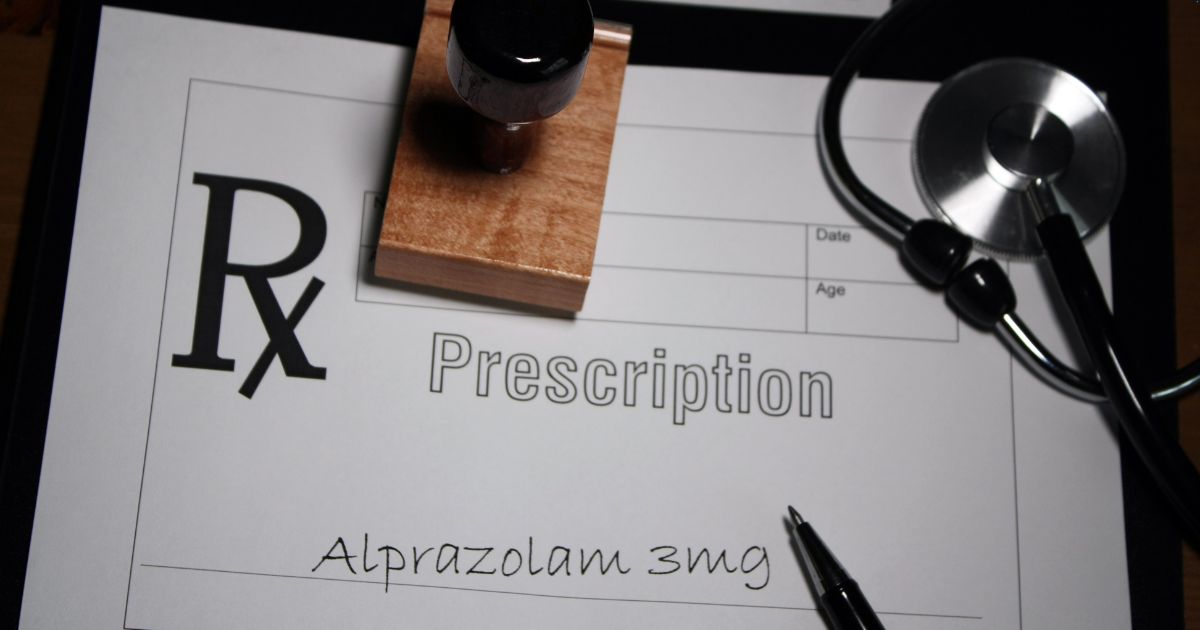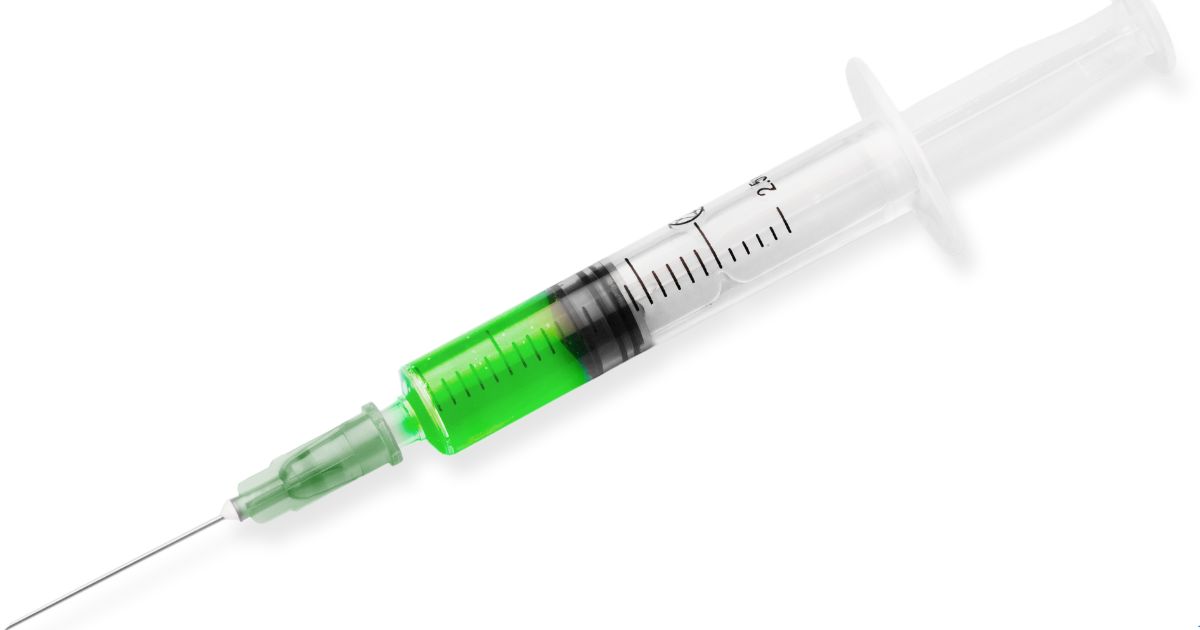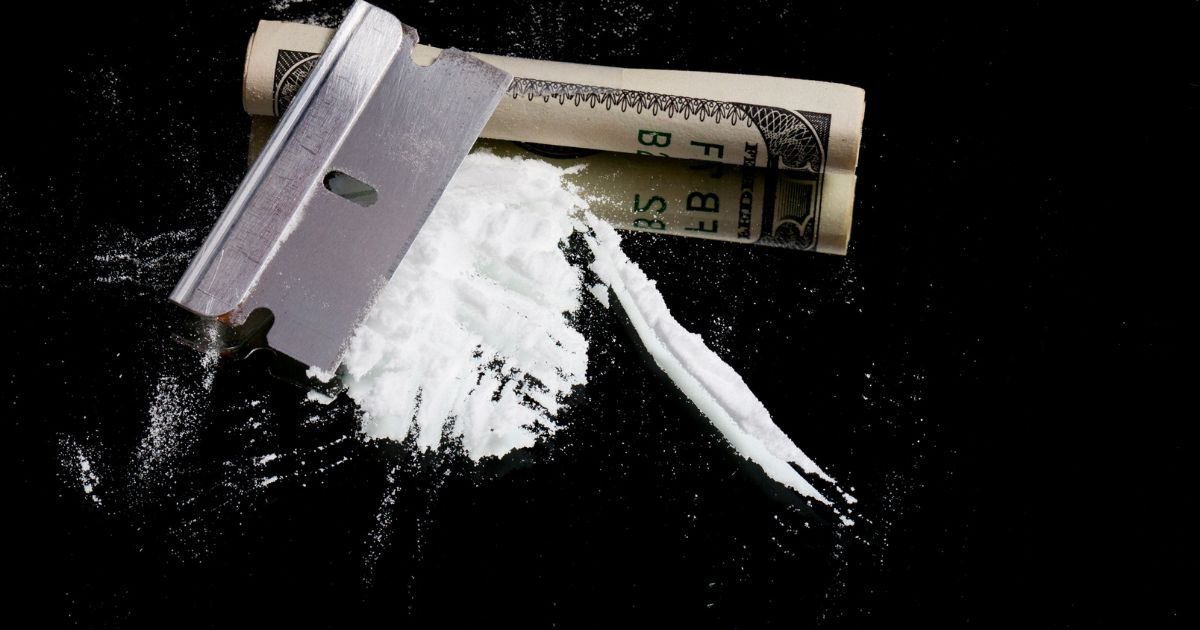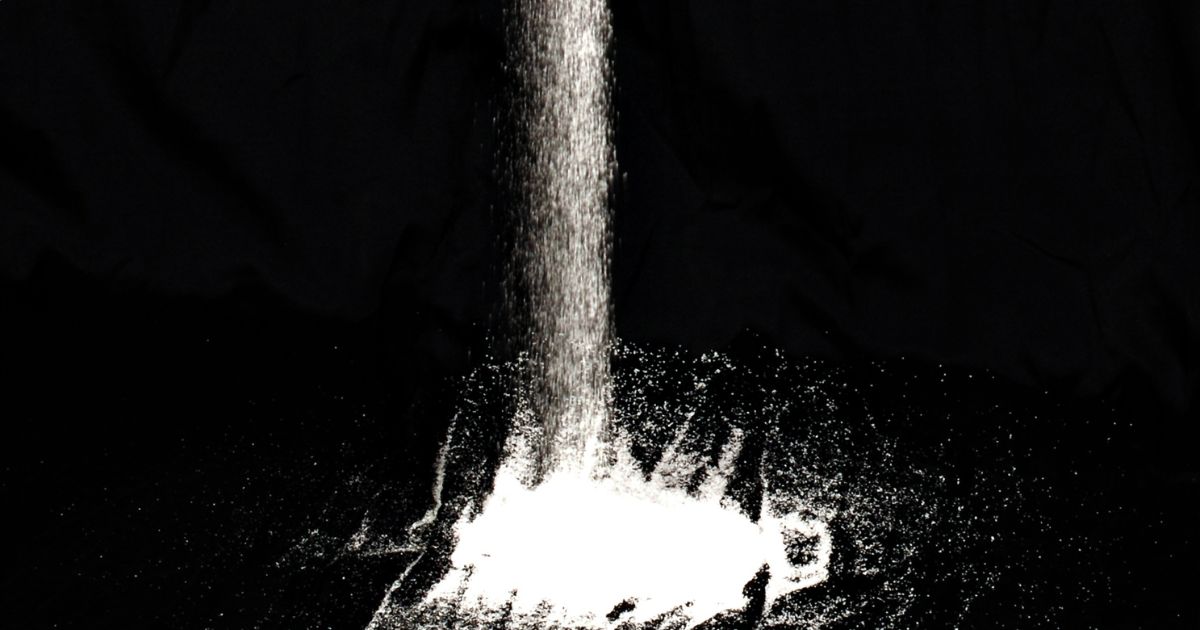Starting your journey to recovery from addiction is a courageous step, one that requires support, guidance, and understanding. Santa Ana, a city known for its vibrant culture and community spirit, also offers a beacon of hope for those looking to overcome their battles with addiction. Prior to entering treatment for alcohol and drug abuse, it’s important to understand what addiction rehabilitation centers in Santa Ana can provide the help you need to regain control over your life.
From state-of-the-art facilities offering personalized treatment plans to compassionate care teams that understand the nuances of addiction, we will explain what makes each rehab center unique and how these programs can assist you or your loved ones on the path to recovery.
What Is an Addiction Rehabilitation Center?
An addiction rehabilitation center, commonly referred to as a drug rehab center, is a facility specifically designed for the treatment and recovery of individuals suffering from addiction, including substance abuse disorders and alcoholism. These centers aim to help individuals overcome their addictions and lead a healthy, sober life.
These centers are all over the country, meaning there’s likely one in your area. So, for example, if you reside in Santa Ana, California, addiction rehabilitation centers in Santa Ana would probably be available to you.
What Do Addiction Rehabilitation Centers in Santa Ana Treat?
Addiction rehabilitation centers in Santa Ana typically offer treatment for a range of drug addictions and co-occurring mental health issues.
Here’s a list of common addictions these centers can help with:
- Methamphetamine
- Cocaine
- Prescription Drugs
- Benzodiazepines
- Opioids
- Heroin
- Codeine
- Fentanyl
- Hydromorphone
- Hydrocodone
It’s important to note that the specific offerings of each rehabilitation center in Santa Ana can vary. Some may specialize in certain types of addiction or offer unique therapy options.
When choosing a rehab center, it’s vital to consider the specific needs of the individual seeking treatment, including the type of substances you use and any co-occurring mental health conditions.
Methamphetamine
Methamphetamine, or meth for short, is a powerful stimulant drug. It produces intensely euphoric effects in the user, making it very addictive. One of its most notable side effects is paranoia, which can prompt violence in some users. According to the National Institute on Drug Abuse, meth is the drug most commonly associated with violent crime.
Treatment for meth addiction involves detoxification, behavioral therapies, and support groups. Methamphetamine is highly addictive, and treatment focuses on managing the psychological aspects of addiction and rebuilding a healthy lifestyle.
Cocaine
Another powerful stimulant, cocaine, is extracted from the leaves of the coca plant, native to South America. People use it recreationally for its intense euphoric effects but is highly addictive and illegal in many countries. The use of cocaine can lead to serious health issues, including cardiovascular problems and psychological disorders.
Even though cocaine is still a dangerous and illegal drug, a lot of people still use it. According to data from the Substance Use Disorder and Mental Health Administration (SAMHSA), 41.4 million Americans over the age of 12 experimented with cocaine at least once in their lives.
Cocaine addiction is treated using behavioral therapies like cognitive-behavioral therapy (CBT) and contingency management, along with group therapy sessions, to address the psychological dependency.
Prescription Drugs
This is a broad category that encompasses painkillers, sedatives, and stimulants. While they are essential for managing health issues per a doctor’s prescription, misuse of prescription drugs can lead to addiction, adverse side effects, and even overdose. Commonly misused prescription drugs include opioids for pain relief, sedatives for anxiety or sleep disorders, and stimulants for attention deficit disorders.
Twelve million Americans – over six percent of the population – abuse prescription drugs each year. Treatment for prescription drug addiction typically involves managing withdrawal symptoms, therapy to address the reasons for misuse, and strategies to avoid relapse.
Benzodiazepines
Benzodiazepines are a class of prescription drugs that treat anxiety, insomnia, and seizures due to their sedative and calming effects. They’re widely prescribed, with over 30 million Americans using benzodiazepines each year. Of that figure, roughly 20 percent end up abusing the drug.
While effective for short-term management, they carry risks of dependence and withdrawal symptoms over long-term. Misuse of benzodiazepines can lead to serious side effects, including cognitive impairment and increased risk of accidents.
Treating benzodiazepine addiction typically entails a gradual tapering process to safely reduce dependence, coupled with counseling and therapy to address the underlying issues that led to addiction.
Opioids
Opioids are a class of drugs that include both prescription pain relievers and illegal substances derived from the opium poppy or synthesized in laboratories. They treat pain but are highly addictive and can lead to overdose and death if misused. Over 2.1 million people in the United States are addicted to opioids of some kind.
Opioid addiction treatment may involve medication-assisted treatment (MAT), behavioral therapies, and support groups. Opioid detox and rehab programs offer intensive treatment to help those struggling to recover.
Heroin
Heroin is an illegal opioid that rapidly triggers a sense of euphoria. It’s harvested from the opium poppy plant, with much of its supply historically coming from South and Central Asia. It is typically injected, snorted, or smoked, leading to high addiction rates and severe health risks, including the potential for fatal overdoses.
According to NIDA, an estimated 1 million people aged 12 and up struggled with a heroin use disorder in 2021. Treatment for heroin addiction often combines MAT with other therapies like CBT and group therapy. The focus is on managing withdrawal symptoms and addressing the psychological aspects of addiction.
Codeine
Codeine is a milder prescription opioid that treats mild to moderate pain and as a cough suppressant. Despite its therapeutic uses, it can be habit-forming and addictive. For this reason, people often misuse their prescription and often develop a more severe opioid use disorder down the road. According to results from the 2022 National Survey on Drug Use and Health, 9.3% of Americans abused codeine.
Codeine addiction treatment involves a combination of detoxification at a Santa Ana detox center, counseling, and support groups. Since codeine is an opioid, MAT is often a part of a client’s treatment plan.
Fentanyl
Fentanyl is a synthetic opioid, significantly more potent than heroin, used medically to treat severe pain, particularly after surgery. It’s extremely powerful – just over two – no larger than a thumbnail – could kill someone. Fentanyl is often secretly mixed with other drugs, greatly increasing the risk of overdose due to its extreme potency.
In 2023, fentanyl-related overdoses killed nearly 81,000 people. Given its potency, treatment for fentanyl addiction often requires a carefully managed detox process, followed by long-term therapy and support to address the high risk of relapse.
Hydromorphone
Hydromorphone is a powerful prescription opioid used to manage severe pain where other treatments may not be effective. It has a high potential for addiction and abuse, similar to other opioids.
Treating hydromorphone addiction usually involves medical detoxification and therapy. Because hydromorphone is an opioid, treatment may include MAT along with individual and group therapies.
Hydrocodone
Another opioid, hydrocodone, is widely prescribed for moderate to severe pain, often combined with acetaminophen. It has a high risk of addiction and dependency, with misuse potentially leading to severe health consequences.
Treatment for hydrocodone addiction typically involves a combination of detoxification, MAT, behavioral therapy, and counseling. It focuses on managing withdrawal symptoms and preventing relapse.
Get confidential help from our addiction treatment specialists in Orange County. Call to join our rehab program today!
Call 866-881-1184How Do I Know If I Need an Addiction Rehabilitation Center in Santa Ana?
Recognizing the need for an addiction rehabilitation center is a crucial step toward recovery.
Here are some signs and situations that may indicate the need for professional help in a rehab center:
- DUI or drug-related arrests
- Missing deadlines, decreased quality of work, absenteeism, or dropping grades
- Frequent arguments, distancing from loved ones, or relationship breakdowns
- Failing to fulfill responsibilities at home, work, or school
- Health Problems: Issues like liver damage, heart problems, or mental health decline
- Needing more of the substance for the same effect and experiencing withdrawal symptoms
- Losing interest in previously enjoyable activities or hobbies
- Trying and failing to stop using the substance
- Engaging in dangerous behaviors, like driving under the influence
- Excessive spending on substances leading to financial strain
If you or someone you know is experiencing any of these signs or situations, it’s important to consider seeking help from an addiction rehabilitation center in Santa Ana. Remember, acknowledging the need for help is a brave and crucial first step toward recovery.
What Is Addiction Treatment in Orange County Like?
Addiction treatment in Orange County, particularly at South Coast Behavioral Health (SCBH), typically involves a comprehensive approach that includes various therapies and processes.
The goal of these treatments is to address not only the physical aspects of addiction but also the psychological factors contributing to the condition. Here’s an overview of the typical process and therapies used in such treatment facilities:
- Assessment and Intake: The treatment usually begins with a thorough assessment to understand the individual’s specific needs. This assessment might include medical, psychological, and substance use histories.
- Detoxification: For those who need it, the next step is often detoxification, which is medically supervised. This process ensures that drugs or alcohol are safely removed from the body, managing withdrawal symptoms in a controlled environment.
- Individual Therapy: One-on-one sessions with a therapist are a core component. These sessions often involve cognitive-behavioral therapy (CBT), which helps individuals identify and change negative thought patterns and behaviors.
- Group Therapy: In group therapy sessions, individuals share experiences and learn from each other under the guidance of a therapist. This can foster a sense of community and support.
- Family Therapy: Addiction often affects the whole family, so family therapy might be included. This helps to repair relationships and improve communication within the family unit.
- Dual Diagnosis Treatment: For those with co-occurring mental health disorders, dual diagnosis treatment is critical. This approach treats both the addiction and the mental health condition simultaneously.
- Holistic Therapies: Many programs in Orange County, including SCBH, incorporate holistic therapies such as yoga, meditation, art therapy, and equine therapy.
- Aftercare Planning: Preparing for life after treatment is crucial. This might involve setting up ongoing therapy sessions, finding local support groups, or other steps to ensure continued recovery.
- Relapse Prevention: Education and skills training for relapse prevention are typically part of the program.
Looking for quality substance abuse treatment that’s also affordable? South Coast accepts most major insurance providers. Get a free insurance benefits check now.
Check Your CoverageChoosing the Right Addiction Rehabilitation Center in Santa Ana
If you or a loved one are looking for an addiction rehab center in Santa Ana, South Coast Behavioral Health can help. We provide a full medical detox program in Orange County to help you get clean. Gender-specific care is available for men and women in Irvine and Huntington Beach.
Our full spectrum of treatment includes:
- Inpatient treatment in Orange County, California
- Partial Hospitalization in Newport Beach.
- Intensive Outpatient Treatment in Newport Beach
Throughout your stay with us, you’ll make friends you’ll never forget by attending group therapy and 12-step sessions while living in a quiet and serene facility away from temptations.
Start Today
You don’t have to struggle with addiction alone. An addiction rehab center in Santa Ana could be just what you need to get through this trying time. If you have any questions, call us at 866-881-1184 or contact us here. Our highly qualified staff will be happy to answer any concerns you might have.
- Methamphetamine Research Report: Overview | NIDA (nih.gov)
- Opioid Use Disorder – StatPearls – NCBI Bookshelf (nih.gov)
- Facts about Fentanyl (dea.gov)
- Benzodiazepine Use and Misuse Among Adults in the United States | Psychiatric Services (psychiatryonline.org)
- Key Substance Use and Mental Health Indicators in the United States: Results from the 2020 National Survey on Drug Use and Health (samhsa.gov)
- Prescription Drug Abuse Statistics – NCDAS
- What is the scope of prescription drug misuse in the United States? | National Institute on Drug Abuse (NIDA) (nih.gov)
- What is the scope of heroin use in the United States? | National Institute on Drug Abuse (NIDA) (nih.gov)
- HHS, SAMHSA Release 2022 National Survey on Drug Use and Health Data | HHS.gov
- U.S. Overdose Deaths Decrease in 2023, First Time Since 2018 (cdc.gov)



